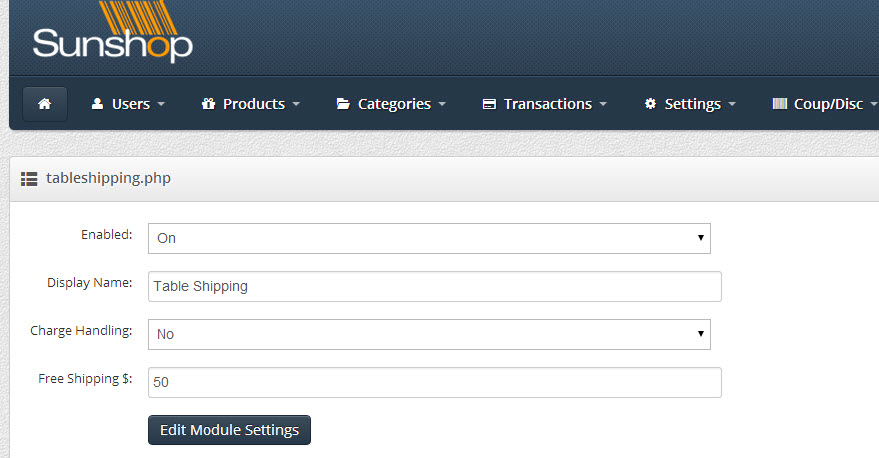Perl – days ago subroutine
Here’s a small subroutine, written in Perl, which takes a date, and returns the number of days since this date:
#Pass date as mm/dd/yyyy hh:mm:ss and convert it to a # of days ago
sub days_ago {
use Time::Local;
my ($t) = @_;
my ($date,$time) = split(/ /,$t);
my ($mon,$day,$year) = split(/\//,$date);
my ($hour,$min,$sec) = split(/:/,$time);
my $last = timelocal($sec,$min,$hour,$day,$mon-1,$year);
my $today = time();
my $since = sprintf("%d",($today-$last)/(60*60*24));
#print "<!--Days ago: $since - $sec,$min,$hour,$day,$mon,$year -->\n";
return($since);
}
Example:
print &days_ago("10/01/2016 08:00:00");
Comments Off on Perl – days ago subroutine | Programming



